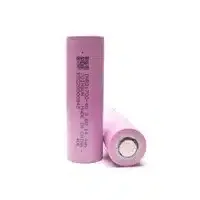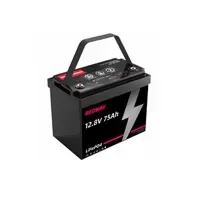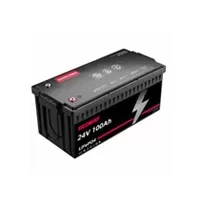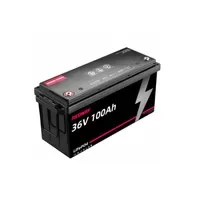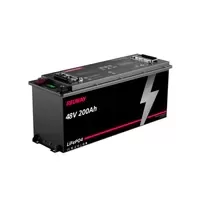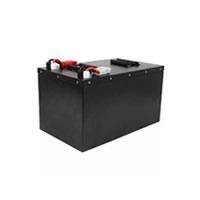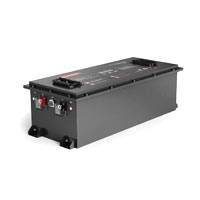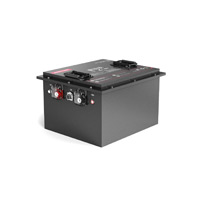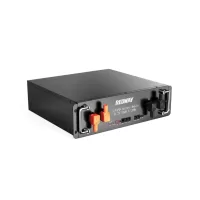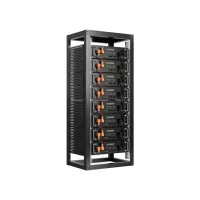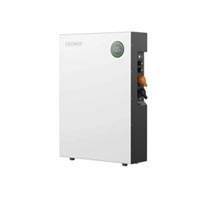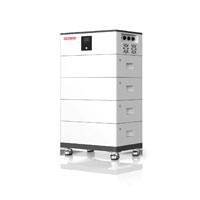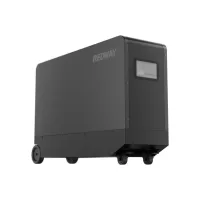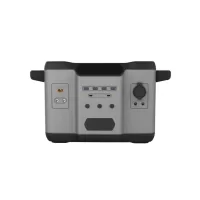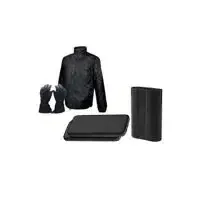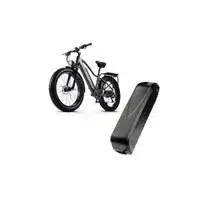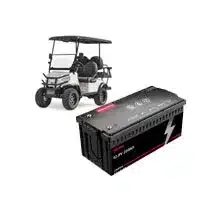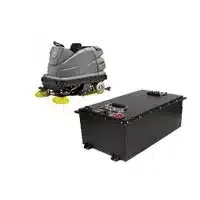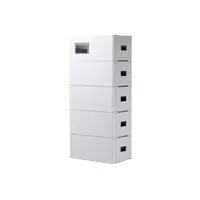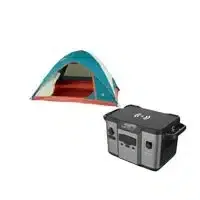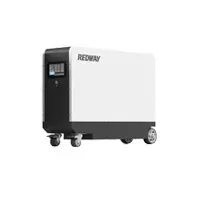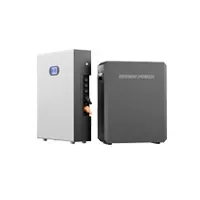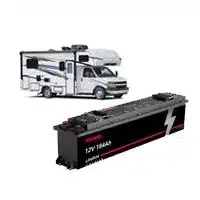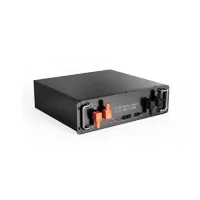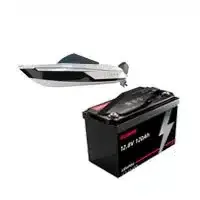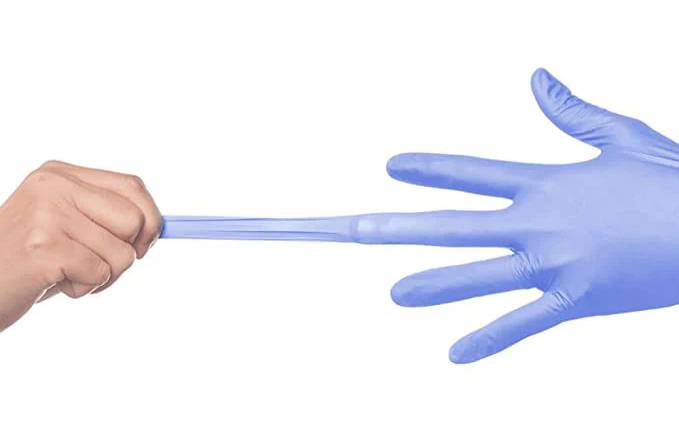Battery acid spills pose a significant hazard to both people and equipment. Whether you encounter a car battery, lithium battery, or any other type of battery, knowing the right steps to safely manage a spill is crucial. This article offers a detailed guide on handling battery acid spills, encompassing precautions and suitable cleaning solutions for different types of batteries.
Introduction: Understanding Battery Acid Spills
Understanding battery acid spills is crucial to ensure safety. Battery acid spills are serious chemical hazards, and contact with battery acid can cause immediate chemical burns. Symptoms may take time to appear. It is important to wear personal protective equipment (PPE) during neutralization or cleanup activities. Proper training is required by law to handle battery acid spills safely.
- Battery acid spills are serious chemical hazards that can cause immediate chemical burns.
- Symptoms of exposure may take time to appear.
- Personal protective equipment (PPE) should be worn during neutralization or cleanup activities.
- Proper training is required by law to handle battery acid spills safely.
The Dangers of Battery Acid and Exposure Risks
Battery acid is dangerous and contains highly corrosive substances, such as sulfuric acid. Exposure to battery acid can cause severe skin burns, inhalation irritation, and even blindness if it comes into contact with the eyes. Leaking batteries pose significant risks to health and safety, and proper precautions should be taken to prevent exposure.
- Battery acid contains highly corrosive substances, including sulfuric acid.
- Exposure to battery acid can lead to severe skin burns and inhalation irritation.
- Contact with battery acid in the eyes can cause blindness.
- Leaking batteries pose significant risks to health and safety.
Steps to Take Immediately After a Spill
When faced with a spill, it is important to take immediate action. Follow these steps: 1) Identify the substance and assess the risk. 2) Protect yourself by wearing appropriate personal protective equipment (PPE). 3) Stop the spill by containing it and preventing further spread. 4) Minimize the risk by isolating the area and restricting access. 5) Clean up the spill using appropriate methods and materials. 6) Dispose of contaminated materials properly. 7) Report the spill as required by regulations.
- Identify the substance and assess the risk associated with the spill.
- Protect yourself by wearing appropriate personal protective equipment (PPE).
- Stop the spill by containing it and preventing further spread.
- Minimize the risk by isolating the area and restricting access.
- Clean up the spill using appropriate methods and materials.
- Dispose of contaminated materials properly.
- Report the spill as required by regulations.
Proper Personal Protective Equipment (PPE)
Proper personal protective equipment (PPE) is essential for protecting against workplace hazards. PPE may include gloves, safety glasses and shoes, earplugs or muffs, hard hats, respirators, or coveralls, vests, and full body suits. Employers should consider the fit and comfort of PPE when selecting appropriate items for the workplace.
- Personal protective equipment (PPE) includes gloves, safety glasses and shoes, earplugs or muffs, hard hats, respirators, or coveralls, vests, and full body suits.
- Proper selection of PPE should consider the fit and comfort for the specific workplace hazards.
- PPE is essential for protecting against workplace hazards and ensuring worker safety.
Containment and Cleanup Methods for Small and Large Spills
Containment and cleanup methods for small and large spills vary depending on the type of spill. For oil spills, responders may use mechanical protection methods, such as booms and absorbent materials. Chemical spills may require containment on a concrete pad and proper disposal of cleanup residues. In general, spill containment involves restricting the material to its source, while cleanup methods involve using absorbents, disinfectants, and proper disposal procedures.
- Oil spills may require mechanical protection methods, such as booms and absorbent materials.
- Chemical spills may involve containment on a concrete pad and proper disposal of cleanup residues.
- Spill containment aims to restrict the material to its source, while cleanup methods involve using absorbents and disinfectants.
- Proper disposal procedures should be followed to ensure the safe removal of cleanup materials.
Disposal of Contaminated Materials
Disposal of contaminated materials requires proper decontamination and adherence to specific guidelines. Pathogens or other biohazards should be decontaminated before disposal. Biohazardous materials must be collected in bags or containers affixed with a biohazard symbol to ensure proper handling and disposal.
- Disposal of contaminated materials requires proper decontamination.
- Pathogens or biohazards should be decontaminated before disposal.
- Biohazardous materials should be collected in bags or containers with a biohazard symbol for proper handling and disposal.
Preventing Future Battery Acid Spills
Preventing future battery acid spills requires proper storage and handling techniques. Always wear personal protective equipment (PPE) when handling battery acid, including gloves, goggles, and a chemical-resistant apron. Store batteries in a dedicated area with proper containment measures, such as spill trays or secondary containment. Implement proper handling and charging procedures to minimize the risk of spills and leaks.
- Wear personal protective equipment (PPE), including gloves, goggles, and a chemical-resistant apron.
- Store batteries in a dedicated area with spill trays or secondary containment.
- Follow proper handling and charging procedures to minimize the risk of spills and leaks.
- Implement regular inspections and maintenance of battery storage areas.
- Train employees on proper storage and handling techniques to prevent future battery acid spills.
Training Employees on Battery Acid Safety Protocols
Training employees on battery acid safety protocols is crucial for ensuring a safe working environment. Thorough training should cover wearing appropriate personal protective equipment (PPE), such as chemical-resistant gloves, goggles or a face shield, and an apron or other protective clothing. Employees should also be trained on spill response procedures, including containment, cleanup, and disposal methods.
- Thoroughly train employees on battery acid safety protocols.
- Emphasize the importance of wearing appropriate personal protective equipment (PPE).
- PPE may include chemical-resistant gloves, goggles or a face shield, and an apron or other protective clothing.
- Provide training on spill response procedures, including containment, cleanup, and disposal methods.
Redway Battery OEM Factory Wholesale Price. Get a Quick Quote Now!
Related Posts
- Why do Lithium-ion Batteries Catch Fire? How to Avoid?
- What Makes Lithium Fires More Dangerous than Standard Fires
- What Makes Electric Vehicle Fires Difficult to Extinguish?
- Understanding the Safe Use of Lithium Batteries During Air Travel
- Traveling with Power Banks: Guidelines and Wattage Limits
- Traveling with Batteries and Power Banks: Know the Rules for Air New Zealand Flights

